Joshua Tree Climbing: The Ultimate Beginner’s Guide (2024)

New edition published on: 09/26/2023
By Katie Griffith, AMGA
When rock climbers think about Joshua Tree National Park, they often picture themselves high above their last piece of protection, willing the rubber on their shoes to stick to the blank slab. While there is heady climbing in Joshua Tree, this vast desert playground offers something for everybody if you know where to look.
New climbers and seasoned crushers alike can explore rock climbing routes of every grade that will challenge and delight. And any visitor will revel in the vibrant sunsets that blanket the landscape each evening. For engaging granite climbing in a magical setting, plan your next trip to Joshua Tree National Park.
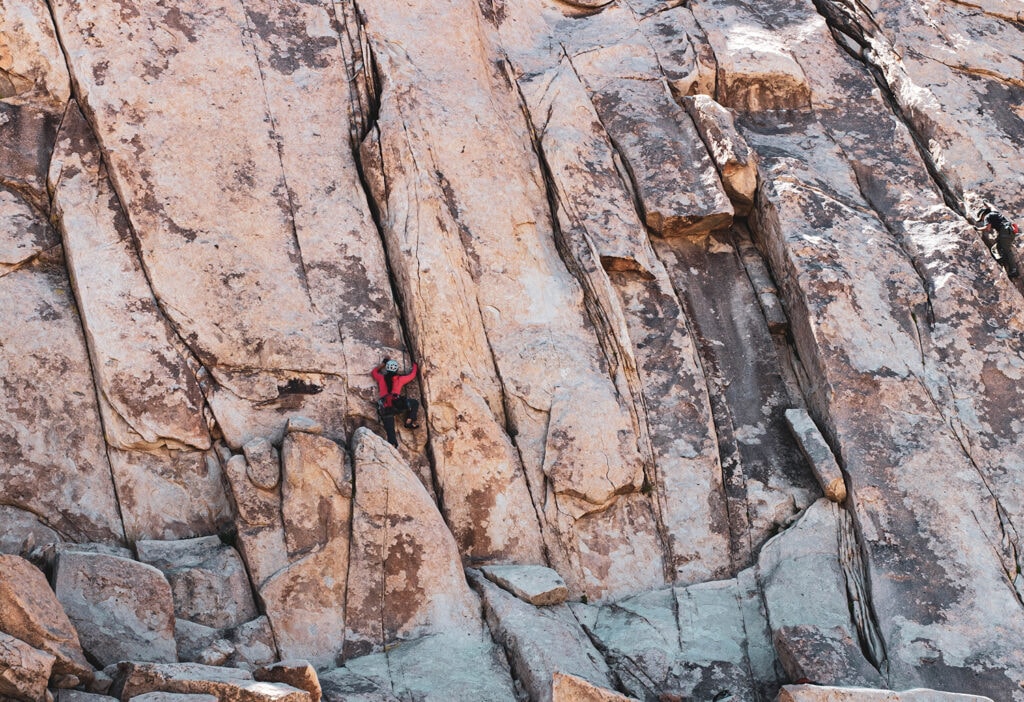
What’s Special About Climbing in Joshua Tree
Situated between several major cities in Southern California, Joshua Tree National Park is an accessible international climbing destination. Visitors flock from Los Angeles and San Diego, both less than three hours away, and Las Vegas is a short drive across the Mojave Preserve.
Hundreds of monzogranite domes full of climbing routes are concentrated in the northwest corner of the park. Formed from magma cooling slowly underground (1), the coarse-grained granite provides the friction that characterizes Joshua Tree climbing. The giant formations and grippy rock offer endless opportunities for scrambling and exploring, even if you leave your rope at home.

With high-quality lines scattered throughout the sea of granite, climbing in Joshua Tree National Park has an adventurous nature. Even on a busy weekend, it’s possible to have a crag to yourself when venturing off the beaten path. Stick close to the road and climb classic pitches or hike deep into the Wonderland of Rocks (2) for a more remote, wilderness experience.
What is the Climate?
The high desert climate provides some of the most reliably dry winter weather in the country. A desert is defined (3) by both the amount of rain it receives and how it’s distributed throughout the year. Rain falls in short bursts at certain times of year, with long periods of high pressure in between. Joshua Tree is quite dry most of the year, though it can receive monsoon rains during the summer.
Joshua Tree’s climate creates a habitat for unique animals and vegetation, including the elusive Desert Tortoise. The increased popularity of the park in recent years has put some stress on the landscape; visitors can help preserve the beauty of this place by staying on trails and giving animals a wide berth.
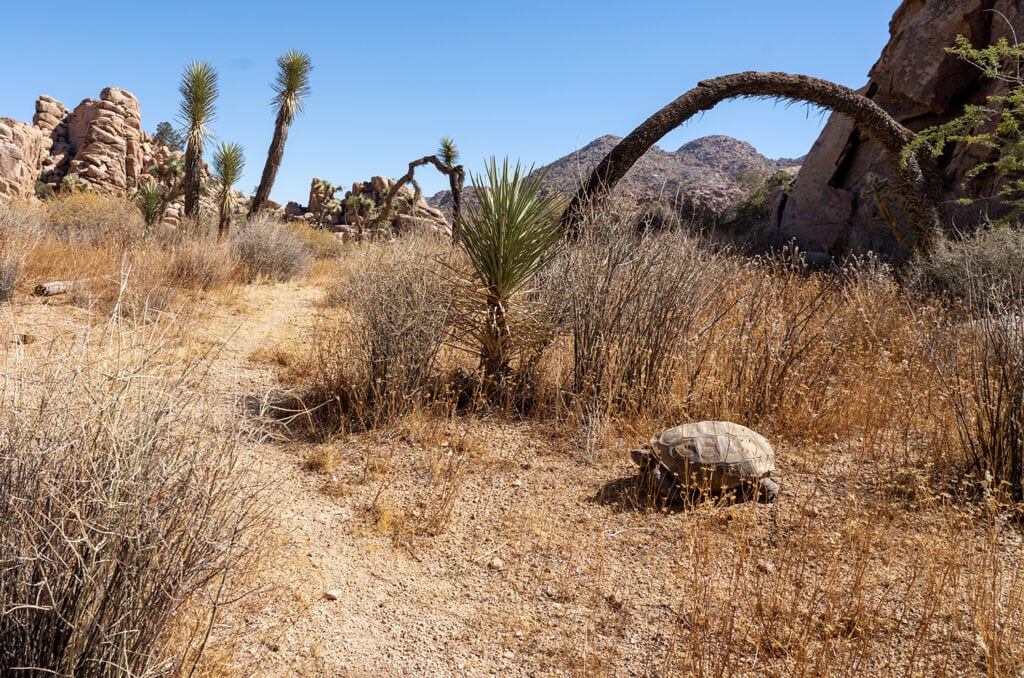
Joshua Tree and Native Americans
Areas of Joshua Tree National Park include the traditional homelands of the Serrano, Chemehuevi, and Cahuilla people (4), and it’s part of the traditional use area of the Mojave people. Today, these communities are made up of fifteen federally recognized tribes. The national park is legally obligated to (5) consult with the tribes about land management in the park, including the new climbing management plan.
Different tribal communities may have diverse viewpoints on land management in the park, but climbers should respect any cultural materials (6) they come across and help steward the fragile desert environment.
The Importance of Joshua Tree in Rock Climbing History
People started climbing in Joshua Tree as early as the 1940’s (7), through groups organized by the Sierra Club. Many of Joshua Tree’s early routes were established and named by a group called “Desert Rats Uninhibited” that frequented the area in the 60’s.
In the 70’s, Joshua Tree became a popular winter destination for the Stone Masters, whose members included legends like John Bachar and Lynn Hill. The Stone Masters are known for pushing the boundaries of free climbing, and this group of friends trained on hard boulder problems and routes while camping in Hidden Valley.
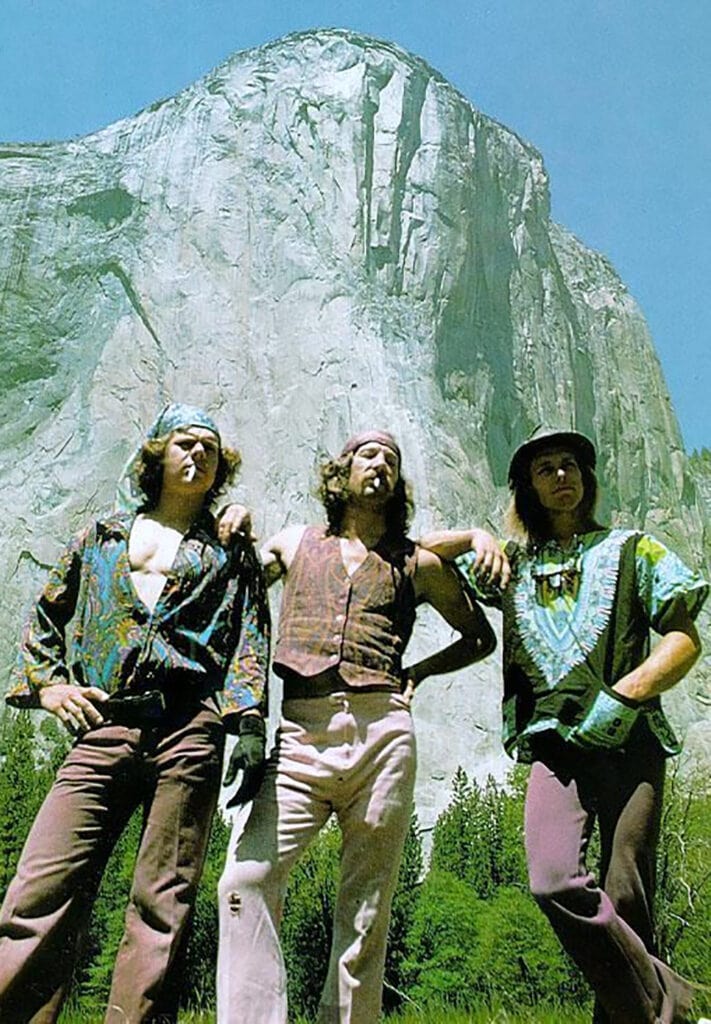
Where to Climb in Joshua Tree
Types of Rock Climbing Routes
From the budding climber to the experienced leader, Joshua Tree National Park is a great destination for a rock climbing adventure. While bolted slab climbing is common, true sport climbing is harder to find, and beginner sport routes are rare. Sport climbers should check the number of bolts before leading a route; some traditionally bolted slabs feature just a few protection points in more than a hundred feet of climbing.
Single pitch traditional climbs are abundant, and well-protected crack climbing exists at moderate grades. Cracks and slabs dominate the rock, but most routes aren’t purely one style. Steep face climbing technique and general trickery is essential for the well-rounded Joshua Tree climber. Those hoping to get higher off the deck can find great multi pitch climbing on the Lost Horse Wall and Saddle Rocks on Ryan Mountain.

Joshua Tree is also a world-class bouldering destination, with countless boulder problems scattered throughout the park. The better you understand the friction, the more the movement starts to click. Some climbs may feel sandbagged for newcomers to the area. Starting with moderate grades can be more fun while gaining comfort on the rock.
Popular Areas for Joshua Tree Climbing
Hidden Valley Campground, near Intersection Rock, is the center of Joshua Tree climbing and is one of the most popular climbing areas. Classic crack climbs like Toe Jam and Double Cross are just a short walk from camp. The nearby Real Hidden Valley is also chock full of challenging routes and fun moderates.
A beginner climber will appreciate Indian Cove Campground for its short approaches and abundant moderate rock climbing, including a few sport routes at easier grades. Since this crag is warmer and wind protected, many climbers flock to Indian Cove when visiting during the winter.
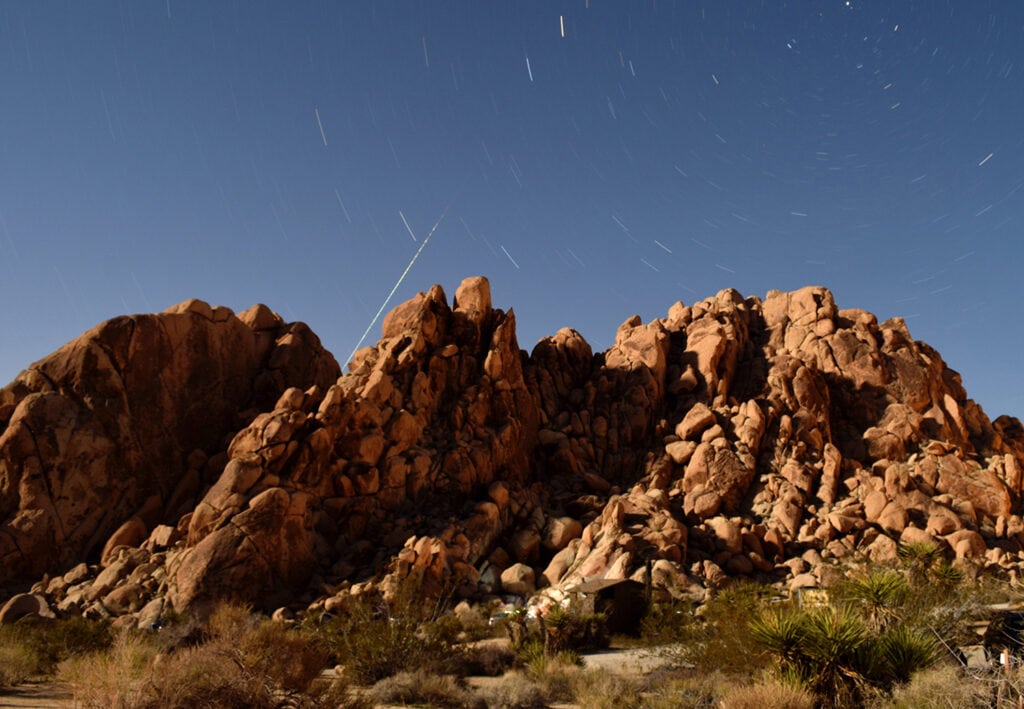
Intermediate trad leaders can test their skills at Roadside Rocks. Dairy Queen Wall, Playhouse Rock, and Hemingway Buttress all feature well protected crack climbs at moderate grades. Further down the road, Split Rocks also holds many fun, intermediate trad routes to explore.
The most popular boulder problem is the Gunsmoke Traverse, which climbers can find near the well-marked Barker Dam Trail. This eighty foot traverse is v0-v1 at the beginning with a couple distinct cruxes. Though it often attracts a crowd, it’s possible to find space on the rock to work on short sections. Intermediate boulderers will find plenty of options in the Outback, which lies beyond Hidden Valley Campground.
Essential Climbing Skills
Many routes do not include bolted anchors or rappelling stations. Before hopping on a route, make sure to double check the descent information in a guidebook or on Mountain Project. It’s often necessary to build a gear anchor, belay a follower to the summit to clean the gear, then scramble off the formation. For those new to the area, it can be worthwhile to scout the descent before committing to a route; some “walk offs” require tricky down-climbing.
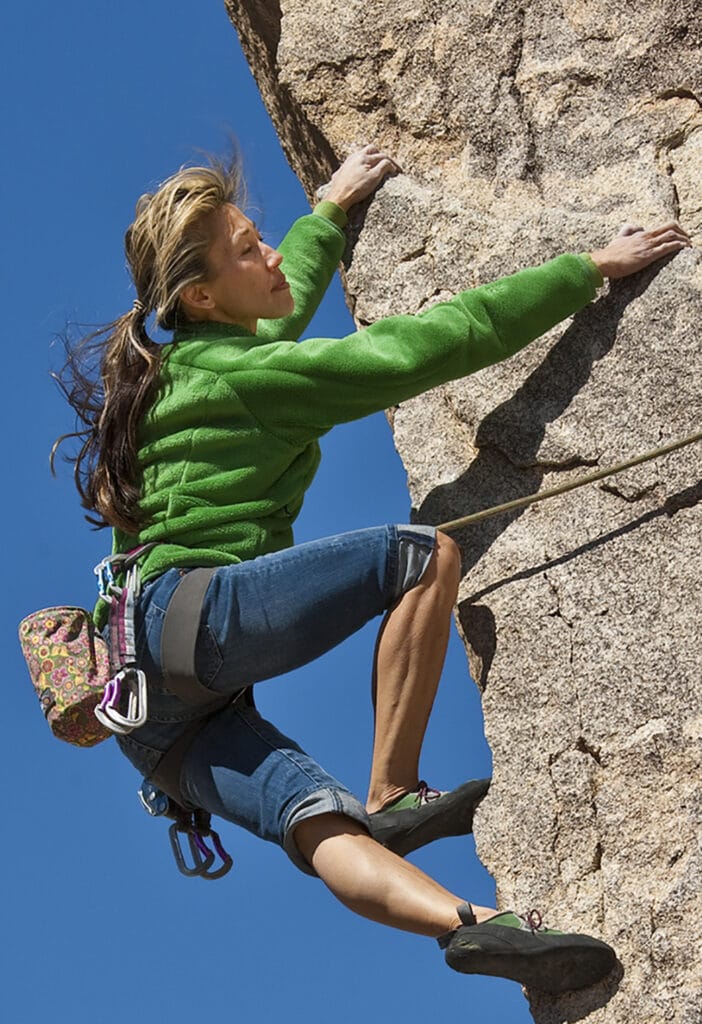
If you’re keen on setting up top-ropes, rigging anchors with a long static rope is an essential skill. With few fixed anchors, climbers use boulders, threads, or cams as anchor components. Equalizing multiple anchor components that are many feet apart can be a confounding puzzle, and working with a local guide or instructor is helpful if these concepts are new.
Many of the boulder problems include high top-outs, so attentive spotting and pad placement is key. For those new to bouldering outside, starting with low-balls close to the surface with flat landings can help reduce risk.
Racking
Most cracks in Joshua Tree have enough variation in size that a standard rack will work. For many trad climbs, climbers should load their harnesses with doubles in cam sizes from 0.3 to 3 inches, an assortment of stoppers or nuts, and a handful of alpine draws. Certain routes will require smaller or bigger cams, and a few splitter cracks will take triples or more in specific sizes.
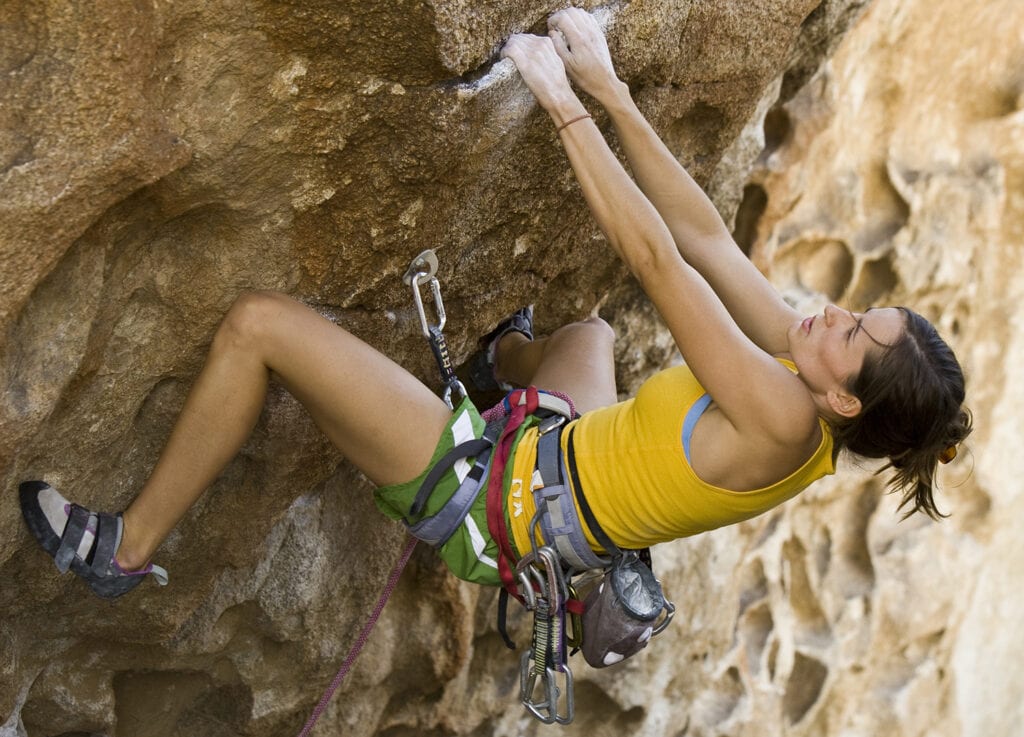
Guidebooks
Guidebooks contain information on rock climbing gear needed for individual routes and include useful trip planning information. Joshua Tree Rock Climbs by Robert Miramontes is one of the most thorough guidebooks. Check the book for Miramontes’ definition of a “standard rack”, and read the route descriptions for more specific gear beta. Cross referencing with Mountain Project can be helpful, especially for updated information on bolted anchors and rappels.
Miramontes also wrote Joshua Tree bouldering for those sticking closer to the ground, and folks seeking sport climbing should check out Todd Gordon’s Joshua Tree Sport Climbs and Top Ropes Sites.
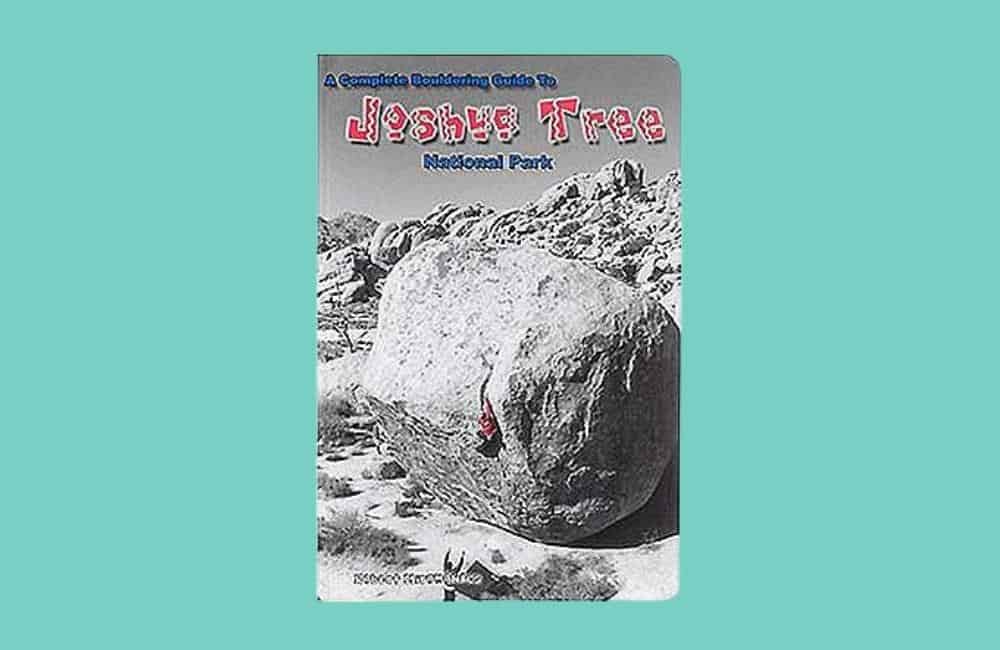
Tips for a Great First Climbing Experience in Joshua Tree National Park
Climbing with Certified Guides
Hiring a qualified, local guide can be a great way to maximize your rock climbing experience in Joshua Tree National Park. The sea of rock can be tricky to navigate, and the climbing is less straightforward than other destinations.
A local guide will know the most accessible climbs for inexperienced climbers and can point experienced trad climbers toward appropriate challenges based on their skill level. A day of rock climbing with a guide can be a super fun activity for a family traveling with kids.
Take note of your guide’s certification and training. The American Mountain Guides Association (8) (AMGA) is the only internationally recognized certifying body for guides in the United States. Guides who are certified as AMGA Single Pitch Instructors (9) (SPIs) can operate in many areas of Joshua Tree; look for AMGA trained and certified Rock Guides (10) for a multi-pitch adventure.
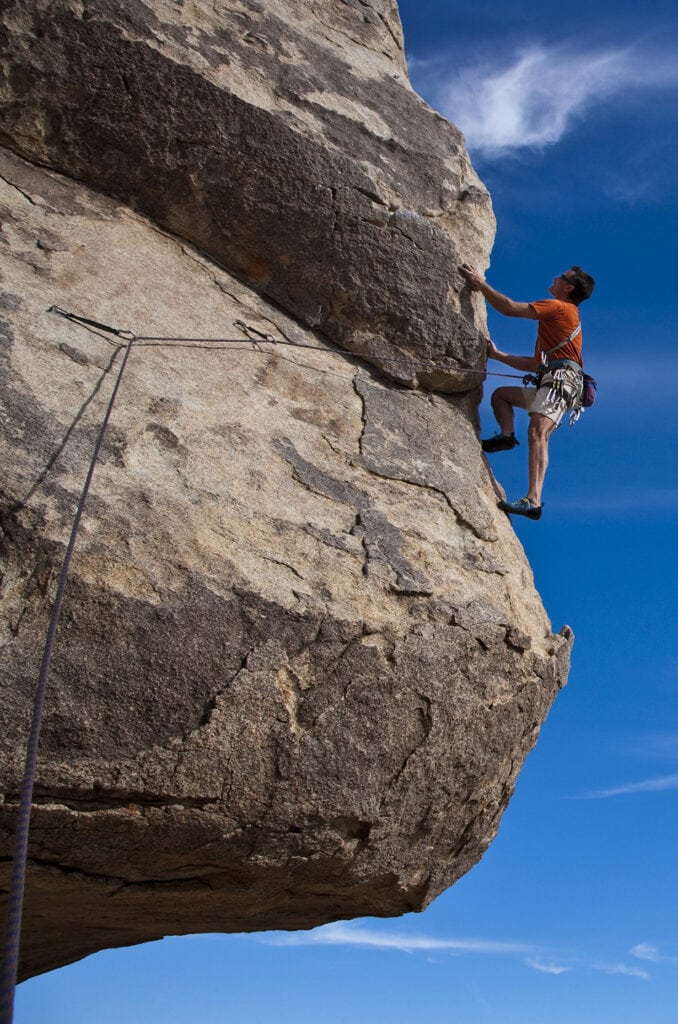
Guides based locally often have better knowledge of the park than guides from out of town. When you hire an independent guide, you get a better idea of the individual guide’s experience than if you book with a large company. High Desert Guiding (11) is one great local company independently operated by longtime local and AMGA Certified Rock Guide Nate Pakula.
Transport and Fees
Despite its remote nature, Joshua Tree is an accessible destination. The Palm Springs airport is just forty-five minutes from the town of Joshua Tree, and it serves cities all over the country. You may find a cheaper flight into Los Angeles, Las Vegas, or Ontario, though all require longer drives.
A national park service fee is typically required to enter the park. The price for a seven-day vehicle pass is $30, and an annual pass to Joshua Tree National Park is $55. America the Beautiful passes (12) are also accepted, which grant entrance to federal public lands across the country. Purchasing a pass online in advance (13) will save time at the entrance station during your visit.
Accommodations
Depending on the season, camping in the national park can be dreamy. Campsites are a short walk from classic climbs and provide a front row seat for sunsets and stargazing. Hidden Valley Campground is first come, first serve, but it’s difficult to find a campsite there on the weekend. White Tank and Belle Campgrounds are also first come, first serve, and there are five other campgrounds (14) that take reservations.
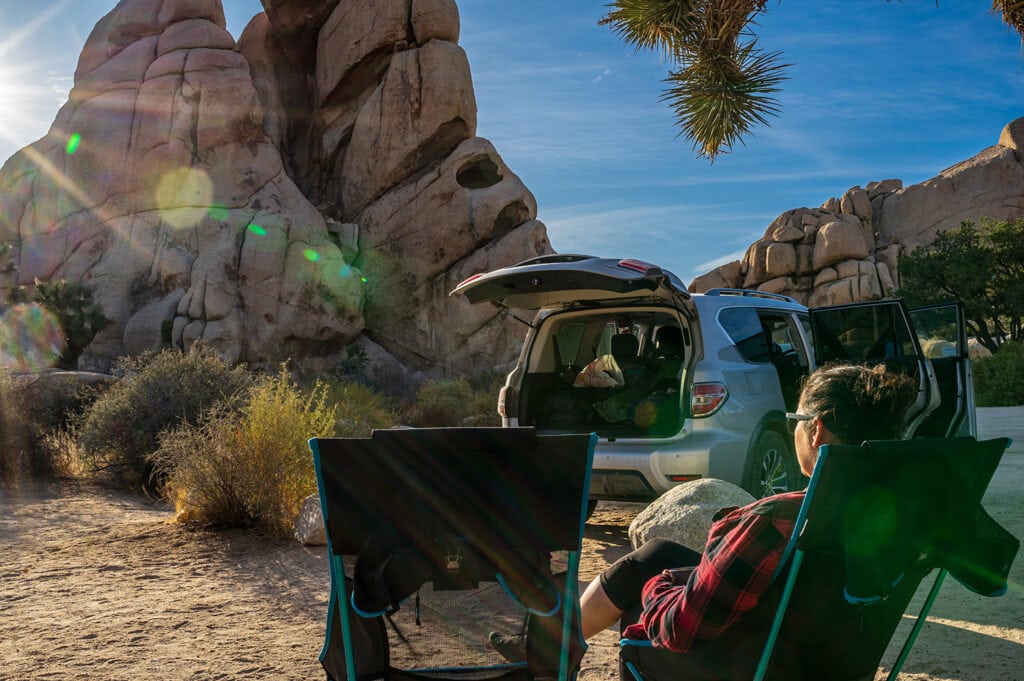
If you’re planning a trip during the winter, high winds and cold evening temps can make indoor lodging more appealing. Booking a short term rental in Joshua Tree, Yucca Valley, or TwentyNine Palms will set you up well to climb in the national park.
Joshua Tree Crash Pad is a local Hipcamp that is dedicated to climbers; it even has a climbing wall built in a shipping container. The 29 Palms Inn and Mojave Sands Motel are upscale options that showcase unique high desert style.
Seasonal Weather
Winter is my favorite time to climb in Joshua Tree. High winds and snow are possible, but the park is quieter, and rock climbing conditions can be perfect in the sun. The best times of year for camping are fall and spring, and you can expect to be comfortable climbing in the shade.
The busiest times are during Thanksgiving and spring break season, which runs from mid March to mid April. During the summer months, temperatures often rise over 100 degrees. Many local climbers leave town, and the ones that stay climb after sunset or early in the morning.
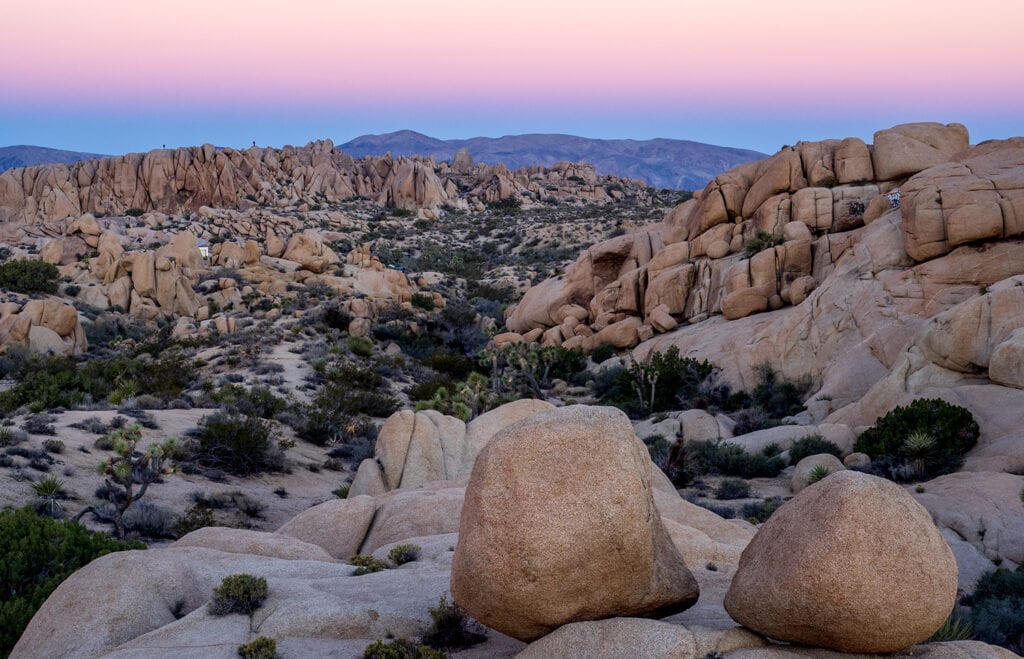
Safety
Though its dry climate offers reliable weather conditions, there are risks when rock climbing in Joshua Tree. Sun exposure is a big hazard during warmer months. Seek shaded climbing, cover up with a sun-shirt, and use SPF sunscreen to avoid sunburn.
Newcomers to the desert may be surprised by how much water they need. If you plan to be outdoors for a full day, bring a minimum of two liters of water. Many folks will want even more than that.
Those who wish to leave the beaten path should be savvy with navigation tools. Expect trails to be difficult to follow, especially if they are unofficial approach trails. Scrambling unroped on the many rocks is a popular activity, but many scramblers get stuck at the top. Be sure you can downclimb anything you scramble up without a rope.
References
Geologic Formations – Joshua Tree National Park
National Park Service (retrieved on 09/25/2023)
https://www.nps.gov/jotr/learn/nature/geologicformations.htm
Wonderland of Rocks Rock Climbing
Mountain Project (retrieved on 09/25/2023)
https://www.mountainproject.com/area/110464750/wonderland-of-rocks
Deserts
National Park Service (retrieved on 09/25/2023)
https://www.nps.gov/jotr/learn/nature/deserts.htm
Traditionally Associated Native American Communities
NPS (retrieved on 09/25/2023)
https://www.nps.gov/jotr/learn/historyculture/indians.htm
Speak Up Now to Shape the Future of Joshua Tree Climbing: Bolted Routes, Funding For Trails, and Cultural Resources Are At Stake
Climbing (retrieved on 09/25/2023)
https://www.climbing.com/news/speak-up-now-to-shape-the-future-of-joshua-tree-climbing-bolted-routes-funding-for-trails-and-cultural-resources-at-stake/
Speak Up Now to Shape the Future of Joshua Tree Climbing: Bolted Routes, Funding For Trails, and Cultural Resources Are At Stake
Climbing (retrieved on 09/25/2023)
https://www.climbing.com/news/speak-up-now-to-shape-the-future-of-joshua-tree-climbing-bolted-routes-funding-for-trails-and-cultural-resources-at-stake/
Landscape of Belonging: Joshua Tree’s Climbing Legacy
KCET (retrieved on 09/25/2023)
https://www.kcet.org/shows/artbound/landscape-of-belonging-joshua-trees-climbing-legacy
American Mountain Guides Association
AMGA (retrieved on 09/25/2023)
https://amga.com/
AMGA Single Pitch Instructor
AMGA (retrieved on 09/25/2023)
https://amga.com/single-pitch-instructor/
AMGA Rock Guide
AMGA (retrieved on 09/25/2023)
https://amga.com/rock-guide/
Rock Climbing Guide – Joshua Tree
High Desert Guiding (retrieved on 09/25/2023)
https://www.highdesertguiding.com/
America the Beautiful Pass Series
NPS (retrieved on 09/25/2023)
https://www.nps.gov/olym/planyourvisit/national-parks-and-federal-recreational-lands-pass.htm
Fees & Passes
NPS (retrieved on 09/25/2023)
https://www.nps.gov/jotr/planyourvisit/fees.htm
Campgrounds
NPS (retrieved on 09/25/2023)
https://www.nps.gov/jotr/planyourvisit/campgrounds.htm
